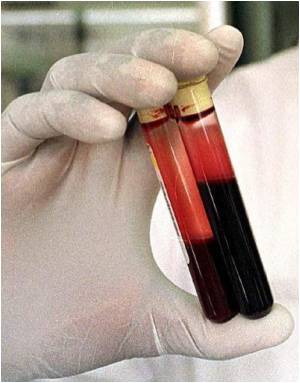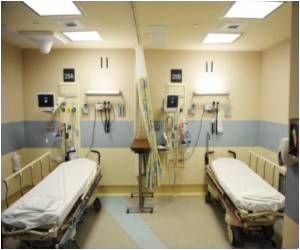Employing the popular Johns Hopkins checklist and other patient-safety measures, intensive care units across the state of Michigan have worked to cut the rate of bloodstream infections.

The new study, published in the December issue of the journal Quality and Safety in Health Care, found that the rate of central-line associated bloodstream infections (CLABSIs) fell by 74 percent across Rhode Island's 23 ICUs over two and a half years. Researchers estimate the interventions prevented 42 CLABSIs, saved 10 lives, reduced ICU stays by 608 days and saved $2 million.
"This study verifies that the Michigan results can be replicated across another entire state," says Peter Pronovost, M.D., Ph.D., a professor of anesthesiology and critical care medicine at the Johns Hopkins University School of Medicine, director of the Johns Hopkins Quality and Safety Research Group and the study's leader. "We saw an even greater reduction in bloodstream infections in Rhode Island, providing strong evidence that these patient safety initiatives can be successful across the nation."
In 2009, U.S. Health and Human Services Secretary Kathleen Sebelius called for a 50 percent reduction in these catheter infections nationwide by 2012, and interest in the Hopkins system is strong, Pronovost says.
Central lines are thin plastic tubes used regularly for patients in ICUs to administer medication or fluids, obtain blood for tests, and directly gauge cardiovascular measurements such as central venous blood pressure. But the tubes are easily contaminated and each year roughly 80,000 patients with central lines become infected. Some 31,000 are estimated to die — nearly as many as those who die from breast cancer annually — and the cost of treating them may be as high as $3 billion nationally.
"Nearly all of these infections are preventable," Pronovost says. "Unlike breast cancer, we have a cure. Yet some hospital infection rates are 10 times what they should be."
Advertisement
The safety program developed at Johns Hopkins includes the much-heralded, cockpit-style checklist for doctors and nurses to follow when placing a central-line catheter, five basic steps from hand-washing to avoiding placement in the groin area where infection rates are higher. Along with the checklist, the program promotes a "culture of safety," comprised of science of safety education; training in how to identify safety problems and solutions and to measure improvements; and empowering all team members, no matter how senior or junior, to question each other and stop procedures if safety is compromised.
Advertisement
In the Rhode Island project, conducted between January 2006 and June 2008, the average rate of ICU bloodstream infections decreased from 3.73 infections per catheter day to .97 infections per catheter day. More than half of the ICUs reported zero catheter-related infections. Pronovost says he expects CLABSI rates to continue to stay low in Rhode Island, just as they have in the more than 100 ICUs in Michigan. A separate study recently published by Pronovost and his team found that Michigan had been able to sustain its results for three years after first adopting these standardized procedures.
Source-Eurekalert









